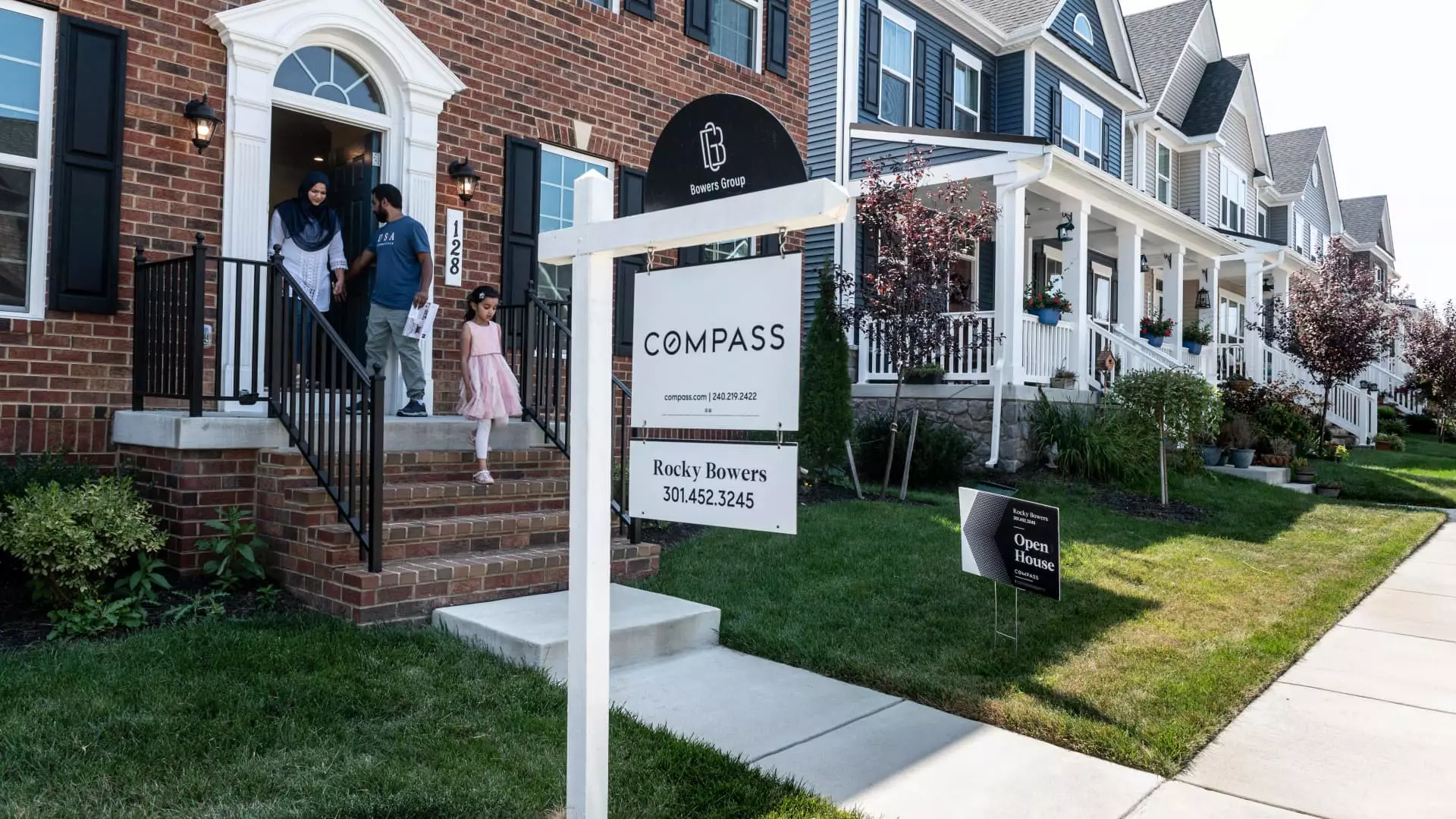The housing market has experienced a significant transformation in recent years, with mortgage rates playing a crucial role in shaping the current landscape. The 30-year mortgage rate has been a key factor influencing consumers’ decisions when it comes to home buying. While this rate has seen fluctuations over time, it has remained relatively high, hovering around 7%. This is a stark contrast to the sub-3% rates that were prevalent during the early days of the pandemic. The rise in mortgage rates has had a direct impact on the affordability of homes, making it more challenging for potential buyers to make their purchases.
Apart from mortgage rates, housing prices have also played a significant role in shaping the current state of the housing market. The Case-Shiller national home price index has reached record highs this year, signaling a surge in property values. While this may be good news for current homeowners, it poses a challenge for aspiring buyers who might be deterred by the high costs. The soaring housing prices have added an additional layer of complexity to the affordability equation, further exacerbating the already challenging market conditions.
The combination of rising mortgage rates and inflated housing prices has led to a significant decline in affordability for many Americans. Various metrics, such as those from the National Association of Realtors and the Atlanta Federal Reserve, have indicated a sharp decrease in affordability over the past few years. The share of income needed by the average American to afford a median home has soared well above the 30% threshold considered affordable. This has made homeownership increasingly out of reach for a large segment of the population, highlighting the growing disparity between income levels and housing costs.
Despite the high mortgage rates, a surprisingly small percentage of borrowers are actually locked in at these elevated levels. The Federal Housing Finance Agency found that nearly 98% of mortgages were below the average rate seen in the fourth quarter of last year, with a significant portion enjoying rates that were 3 percentage points lower. This disparity can be attributed to the timing of the housing market, which witnessed a surge in refinancing activity when rates were at historically low levels. As a result, many homeowners were able to capitalize on the lower rates and secure more favorable terms for their mortgages.
The housing market is currently facing a unique set of challenges driven by a combination of factors, including rising mortgage rates and soaring housing prices. Affordability has become a major concern for many Americans, with the dream of homeownership slipping out of reach for a significant portion of the population. As the market continues to evolve, it will be essential for policymakers and industry stakeholders to address these issues and work towards creating a more inclusive and sustainable housing market for all.

